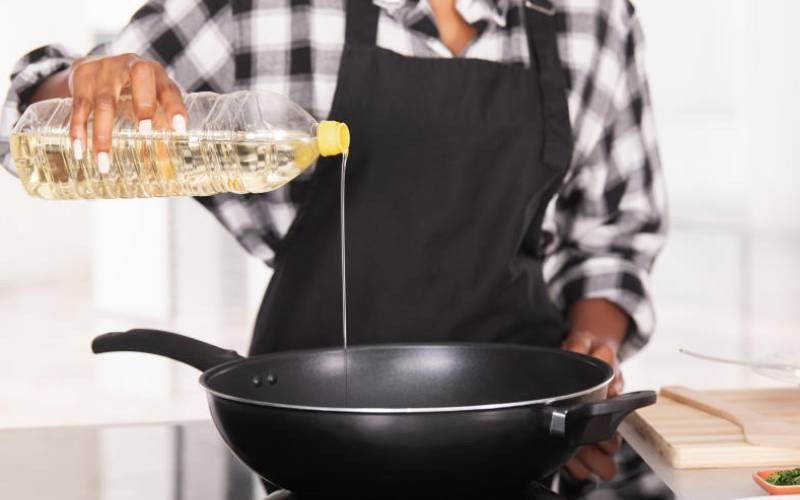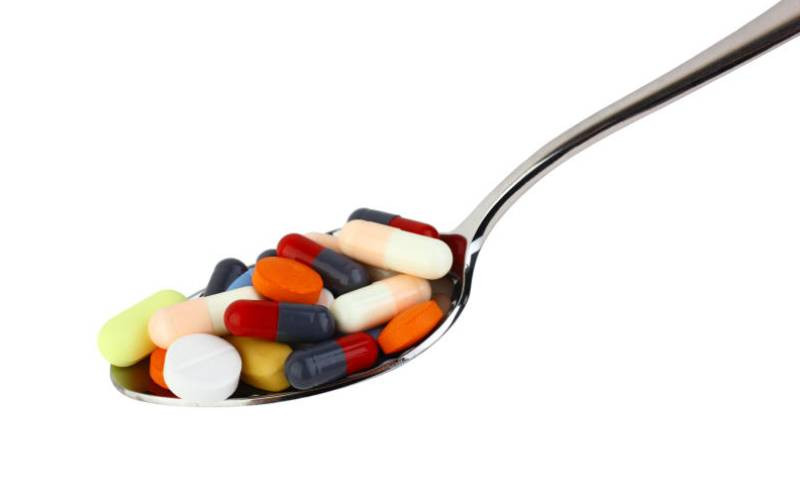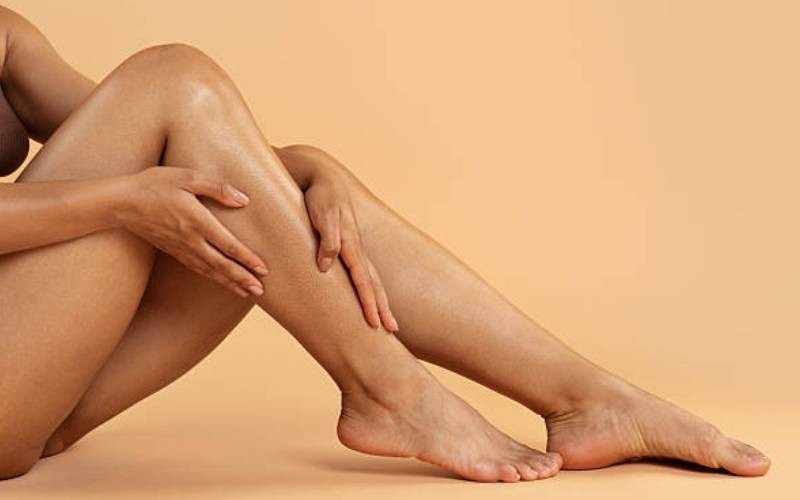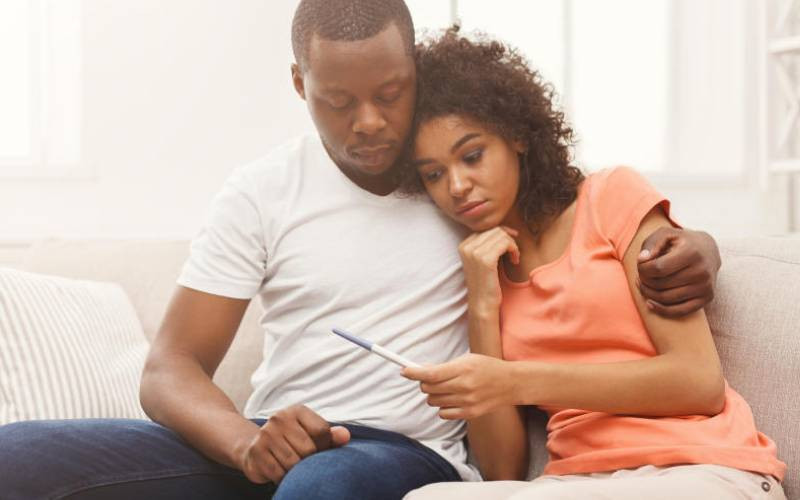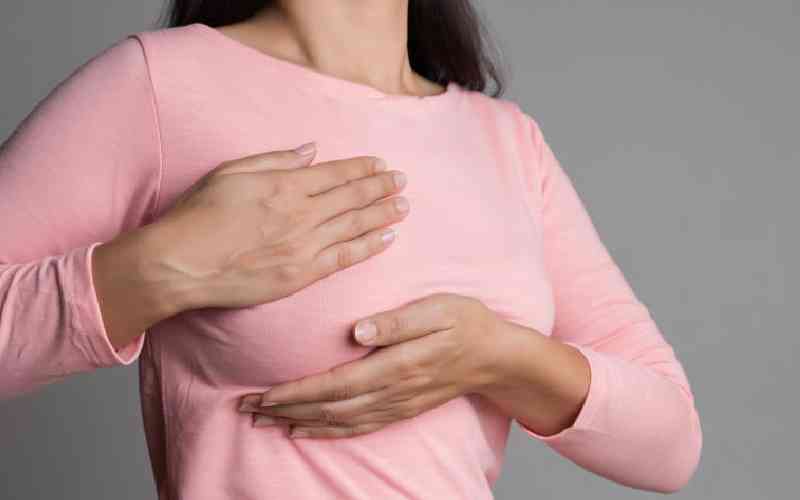
Joint people affects around 10 million of us and can cause problems as we go through our everyday lives – but there are ways to relieve it
Do your knees ache if you’ve been sitting for a while? Do you wince with pain climbing the stairs?
If so, you’re not alone. Joint pain, mainly caused by arthritis or injury, affects around 10 million people of all ages and hinders everyday lives.
We take a look at the causes of joint pain – and examine the remedies.
STIFF NECK
Specific neck problems include whiplash and cervical spondylosis (wear and tear similar to osteoarthritis ), but most neck pain is actually caused by tension.
Signs: Pain and stiffness and, occasionally, numbness or tingling.
Neck exercise
Increase your mobility if you have a stiff neck
Causes: Sleeping in an awkward position or straining a muscle are common, but bad posture is a prime cause, says Tim Hutchful, of the British Chiropractic Association ( chiropractic-uk.co.uk ).
“Bending your head over your tablet, laptop or smart phone strains the muscles in the neck. The average human head weighs about 12lbs but, for every single inch that your head is angled forward, another 10lbs is added.
“So, if you continually bend your head three inches that adds an alarming 42lbs in weight bearing on the neck.”
Fix it: “Think about keeping the body in a neutral position at all times,” advises Tim. “Keep your ears at an equal distance from your shoulders and your chin neither up nor down.”

Exercise: To increase mobility rotate your neck slowly to the left by looking over your left shoulder. Take your neck to a comfortable end of range. Repeat to the right. Make sure you keep your shoulders and back relaxed. Repeat 10 times each side, twice per day.
Read more: 10 health problems and niggles that you shouldn't ignore
SHOULDER IMPINGEMENT
Although often attributed to a ‘frozen’ shoulder, pain is far more likely to be shoulder impingement syndrome, explains osteopath and physiotherapist, Tim Allardyce ( surreyphysio.co.uk ). “This is basically when the rotator cuff tendon at the top of the shoulder gets pinched in the AC or acromioclavicular joint.”
Pendulum for Shoulder
An exercise to deal with frozen shoulder
Signs: ”The signs,” says Tim, “are that you can’t sleep on your affected side, reach behind your back or lift your arm above your head.”
Causes: The most common cause is wear and tear (osteoarthritis) of the AC joint. Other triggers include poor posture (rounding of the shoulders) and playing repetitive sports such as golf.
Fix it: “Press frozen peas or an ice pack to the tip of the shoulder for five to 10 minutes twice a day to reduce inflammation,” advises Tim. It’s important to keep the joint mobile but some patients need a corticosteroid injection to reduce inflammation or, as a last resort, surgery to release the pinched tendon.
Exercise: Lean over holding onto a chair or table, let your arm hang down. Swing your arm gently in circles using momentum and gravity. Go both ways for one minute each, five times per day.
KNEE PAIN
The knee joint is vulnerable because it takes the full weight of your body. Sudden pain is usually the result of overusing the knee or injuring it.

“Clicking knees – when squatting or standing up – are completely normal but painful knees aren’t,” says Tim Allardyce. And anterior knee pain – patellofemoral pain syndrome – is the most common type.
Signs: A dull, aching pain that often affects both knees at the same time and is often made worse by sitting for prolonged periods, squatting, kneeling or using stairs.
Causes: “It’s usually caused by a muscle imbalance between the inside and outside quadriceps (thigh muscles), which triggers inflammation,” says Tim.
“It’s commonly seen in sports that involve a lot of turning, such as football, netball and skiing – and even exercise classes like Zumba .”
Fix It: Losing weight can have a big impact. “For every pound you lose, you take 4lb off the knee joint,” says physiotherapist Sammy Margo.
Icing the front of the knee will reduce any swelling while stretching exercises, like bending your heel to your bum when standing, will increase flexibility, advises Tim.
Physiotherapy for strengthening exercises will help with the muscle imbalance but this is a condition that will get better itself over time and doesn’t require surgery.
Exercise: Working on the quadriceps will help to strengthen your knee. Lie flat on your back, and slowly lift your leg off the floor/bed.
When your leg is a few inches off the ground, rotate your leg outwards so your foot is pointing at a 45 degree angle to the side. You will feel a pull on the inside of the thigh muscle, from your groin to your knee. Hold this position for 30 seconds, repeat three times a day.
HIP JOINT PAIN
Hip arthritis is the most common cause of painful, tight hips, explains Tim Allardyce. The femoral head (the ‘ball’ of the ball and socket) is covered in cartilage enabling the hip joint to move smoothly.
When this is eroded with wear and tear, it’s painful to move and osteophytes (spurs of bone) develop and rub against the joint, causing pain and stiffness.
Hip Flexion exercises
Hamstring exercise to relieve the hips
Signs: Pain, swelling, stiffness and tenderness around the hip and groin area.
Causes: Genetics can play a part. Being overweight and playing lots of sports are also factors.
Fix It: If activities of daily living are affected – getting in and out of bed and the car and walking up the stairs – then a hip replacement is inevitable, says Tim.
“Until then, manage the problem. Use the joint to avoid loss of mobility. Walking and swimming can make a big difference. Manual therapies, like physiotherapy and osteopathy, will also help mobilise the joint.”
Exercise: Grasp the back of your thigh (hamstring) and pull your knee towards your chest. Go as far as feels comfortable, and try to let your leg relax. This will help bend your hip and improve the mobility, helping you walk more comfortably. Perform the exercise 10 times daily.
TENNIS ELBOW
This is another term for lateral epicondylitis, a pain on the outside of the elbow. It occurs when the tendon gets irritated and inflamed by stress.
Signs: Pain when bending your arm or picking up everyday items like the kettle.
Tennis elbow massage
A gentle massage can help tennis elbow
Causes: Playing tennis is a trigger, but “it can also be caused by forearm overuse and repetitive strain around the outside of the elbow,” explains Tim.
Fix it: With your arm supported on your thigh, gently massage along the outside of your forearm between your elbow and wrist for five minutes a day to reduce tension in the muscles.
Ultrasound reduces inflammation and improves blood flow. Corticosteroid injections are an option but, in the worst cases, surgery may be required.
Tip: “Find the cause and stop!” says Tim. “There’s no point treating it if you aggravate it.
“So, if pain is caused by using a computer mouse, use an upright one or use your other hand. If you’re a manual worker, use a strap to help when lifting.”
 The Standard Group Plc is a multi-media organization with investments in media
platforms spanning newspaper print
operations, television, radio broadcasting, digital and online services. The
Standard Group is recognized as a
leading multi-media house in Kenya with a key influence in matters of national
and international interest.
The Standard Group Plc is a multi-media organization with investments in media
platforms spanning newspaper print
operations, television, radio broadcasting, digital and online services. The
Standard Group is recognized as a
leading multi-media house in Kenya with a key influence in matters of national
and international interest.



